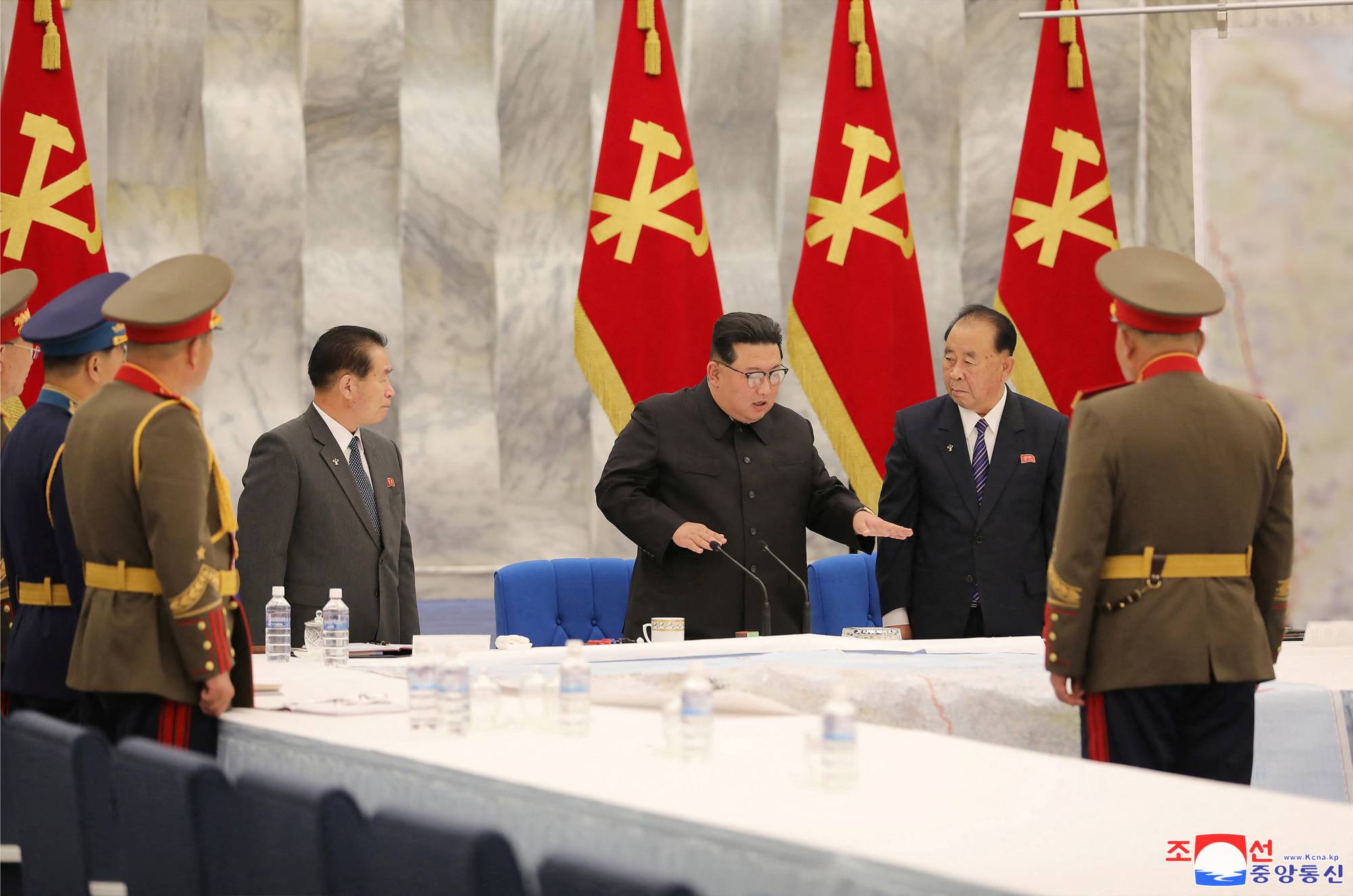Cue the Don Adams, Max Smart voice: “The old ‘frog in the boiling water” trick, eh?”
That was my reaction (inspired by the American comedy television series) upon reading Aidan Foster Carter’s recent analysis of North Korean behavior and his alarming conclusions about the year ahead. Pyongyang’s antics weren’t secret: They made headlines throughout 2022. Apparently, though, familiarity does breed some form of contempt — or at least a certain numbness.
Carter, one of the most astute — and amusing — analysts on the politics of the Korean Peninsula, warns that 2023 will be an anxious year, “bleaker than most,” with a very real risk of conflict, either the result of deliberate acts or miscalculation. Even more alarming is that every expert I surveyed, hoping for some reassurance, instead echoed his grim conclusions.



















With your current subscription plan you can comment on stories. However, before writing your first comment, please create a display name in the Profile section of your subscriber account page.